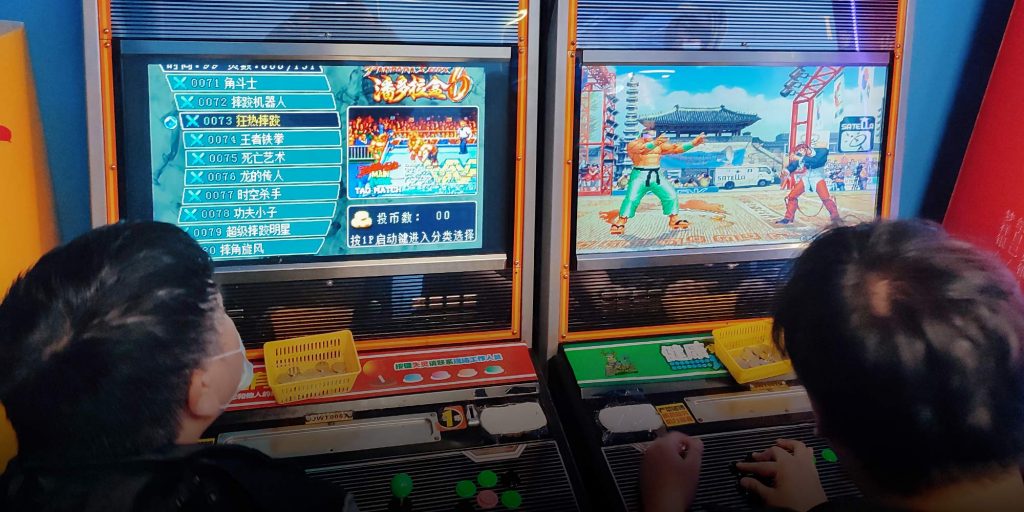Known in Chinese as ‘huanpi,’ early localization efforts were half-hearted, often patronizing, and still better than nothing.

Over the past few years, one of the biggest stories in Chinese business circles has been consumers’ embrace of guochao, or “national chic.” From local fashion brands to gaudy souvenirs designed by the Palace Museum, young Chinese are abandoning Western imports in favor of products that resonate with their upbringing and culture.
Video games are no exception. Not only have games based on Chinese traditional culture and history built huge audiences, some games not explicitly grounded in Chinese culture have even started to incorporate more Chinese elements in a bid to win over players. Getting here wasn’t easy, however. In the 1980s and 1990s, Chinese elements in games were synonymous not with cultural confidence but with rushed, half-hearted localizations and cheap knock-offs known as huanpi, or “reskins.”
The first video games arrived on the Chinese mainland in the early 1980s. At the time, there were no domestic video game manufacturers, let alone a mature video games market. The small number of gamers who could afford them played on consoles imported from Japan, Hong Kong, or Taiwan; the rest made do with arcade machines that mostly featured Western or Japanese-developed “action-adventure” side scrollers like Super Mario Bros., Contra, and Tank Battle.
Although foreign manufacturers had little incentive to target the Chinese market, the occasional instances of representation that worked their way into games were quickly embraced by Chinese gamers. The most illustrative example is probably Chun-Li from the Street Fighter series. Designed by the Japanese company Capcom and based on well-known celebrities like martial artist Mao Yu, actress Etsuko Shihomi, and singer Yoshiko Yamaguchi, the character was essentially an Orientalist caricature of Chinese culture, right down to her qipao outfit. The dress, although no longer common in China by the time of the game’s release, was meant to mark the character as distinctly Chinese, guaranteeing her popularity within China at a time when few games offered playable Chinese characters. Continue to read the full article here
– This article originally appeared on Sixth Tone.





